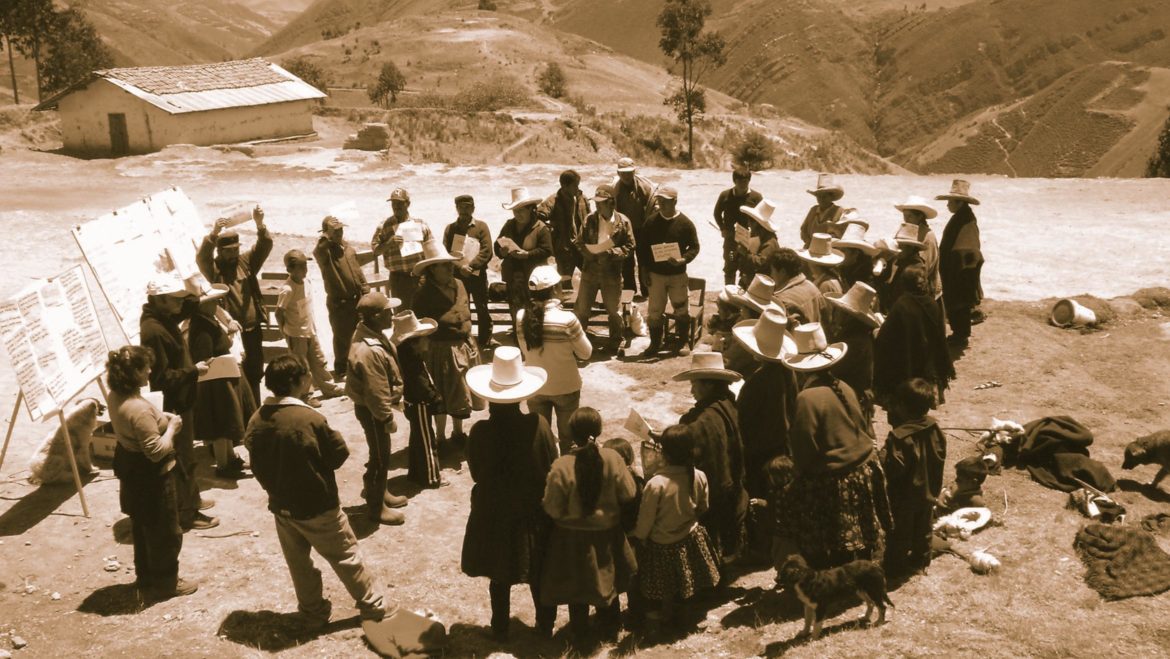
Tool 8 – Institutional Analysis
When community development programs are being considered, an institutional analysis identifies what institutions are present in a community, how each institution relates to the other and who participates in them. Institutions can include schools, religious buildings, sports teams, fishing or farming co-operatives, women’s groups, youth groups, companies and government offices. An institutional analysis is often carried out in a workshop environment using a Venn diagram as the best way to utilise this tool; employing different sized circles to represent each institution.
An analysis should be used as part of a series of exercises which can lead up to the development of a CAP (p165) and when community development programs are first being considered so community engagement is encouraged from the start.
STEP
1
Invite all of the community to a workshop. It may be advisable to run separate groups, for example women, youth, the elderly, religious or ethnic minorities. Separate sessions can reveal more information as individuals may feel less intimidated and demonstrate different power bases
STEP
2
In advance, layout precut paper circles of differing sizes on a table
STEP
3
Ask all members to think of an institution which is important to them
STEP
4
Then ask them to choose a circle which represents their chosen institution
STEP
5
Ask them why they have chosen this particular institution and why the size of the circle represents it in terms of the rest of the community. Allow natural debate and discussion to ensue between community members as they agree or disagree with particular opinions
STEP
6
Once all institutions are represented by a circle, create a large circle which represents the community
STEP
7
Place the first circles in and around the large circle to represent how central each institution is to the community
Benefits of an institutional analysis
- you can discover important community members
- identify vibrant institutions which are likely to be proactive
- recognise institutions which will require strengthening in development activities
- determine who community members consider to be influential
- learn how valued the institutions are by the community
Further Reading:
Sources:
Eldis, Livelihoods Connect: Sustainable Livelihoods Toolbox (web-based resources). Section 1 of the toolbox: Policy, institutions and processes. Available at: http://web.archive.org/web/20090518152430/http://www.eldis.org/go/topics/dossiers/livelihoods/tools
IFC, Strategic Community Investment: A Good Practice Handbook for Companies Doing Business in Emerging Markets, Washington DC, June 2010 (see tool 3). Available at: https://www.commdev.org/wp-content/uploads/2015/05/P_SCI_Handbook_full_ENglish.pdf
Other participatory tools references are listed on p. 47 of the IFC, Stakeholder Engagement: A Good Practice Handbook for Companies Doing Business in Emerging Markets, Washington DC, 2007. Available at: https://www.ifc.org/wps/wcm/connect/topics_ext_content/ifc_external_corporate_site/sustainability-at-ifc/publications/publications_handbook_stakeholderengagement__wci__1319577185063
